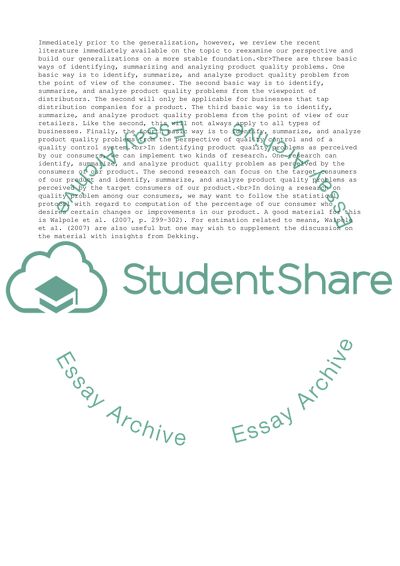Cite this document
(“Information And Research Methods In Business Paper”, n.d.)
Information And Research Methods In Business Paper. Retrieved from https://studentshare.org/business/1567516-please-see-instructions
Information And Research Methods In Business Paper. Retrieved from https://studentshare.org/business/1567516-please-see-instructions
(Information And Research Methods In Business Paper)
Information And Research Methods In Business Paper. https://studentshare.org/business/1567516-please-see-instructions.
Information And Research Methods In Business Paper. https://studentshare.org/business/1567516-please-see-instructions.
“Information And Research Methods In Business Paper”, n.d. https://studentshare.org/business/1567516-please-see-instructions.


